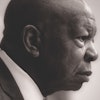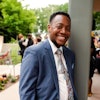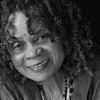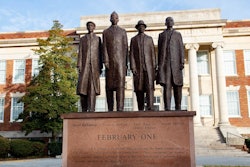Two major New York state universities are collaborating with a teacher-run organization seeking to teach communities and students about civil resistance in local history, creating an online platform to display the organization’s curricula and local resistance efforts.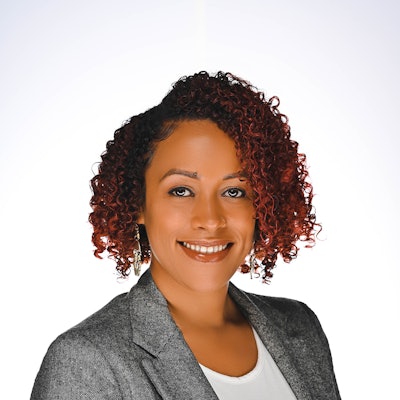 Kesha James
Kesha James
Now going into its third year of operations, the Antiracist Curriculum Project (ACP) has been working diligently to develop social studies curriculum that teaches students about the systemic injustices and historical resistance that took place in their part of the state.
And scholars and students from the Rochester Institute of Technology (RIT) and the University of Rochester (UR) have worked to map out some of these instances of resistance and collective action in Monroe County and the immediate Rochester area, said Dr. Whitney Sperrazza, an assistant professor of English and humanities, computing, and design and one of RIT’s leaders for this Resistance Mapping project.
Mapping out Black resistance
The map is displayed on a website that the schools helped ACP create, which also contains links to ACP’s various content. ACP retains full control over the curriculum documents and can update them whenever, Sperrazza said.
Audiences opening the map up are greeted with the following message: “Rochester community members have a long history of resisting injustices and inequities. Individual activists, mutual aid groups, and large community organizations have fought national and local policies that overwhelmingly affect people of color. … These stories are part of Monroe County’s past and present - and these stories will continue to be part of its future.”
The map pins the locations of various injustices and resistance efforts, from sites of segregation and protests to Jesse Steven's Grocery store, one of the first Black-owned grocery stores in the city, and the Pythodd Club, a jazz club that was described as “a site of Black Joy as resistance in the face of the redlining and disinvestment in the club's neighborhood.”
The map has multiple layers and indicates areas marked by racially discriminatory housing practices, such as redlining and racially restrictive covenants to maintain white ownership of land. According to the site, old covenants remain on many property deeds in the county to this day.
Viewers can additionally look at the racial demographics, median household incomes, and high school graduation rates in each of the region’s school districts. The Rochester region is consistently one of the U.S.’s most segregated school systems, the map states.
Though ACP’s curriculum is meant for grade-school students, the map has been used in college-level teaching as well, Sperrazza said.
Expanding curriculum
Originally an idea born out of student questions about civil rights and the late Rev. Dr. Martin Luther King Jr.’s presence in Rochester, ACP creates education content on matters such as segregation, racism, inequity, and civil rights leaders, garnering input from local teachers, professors, and community activists to do so, said Kesha James, co-executive director for ACP.
ACP’s initial content – with co-executive director and creator Shane Wiegand at the helm – was meant for fourth-grade students. In the few years since, the organization’s lesson offerings have significantly expanded to include content for grades 5, 7, 8, 12. Curricula for grades 2 and 11 will be available in the coming year as well, James said.
And although the organization and its lessons began by teaching about Rochester’s history, ACP’s team adapts the content for other parts of New York state too, such as Buffalo, Syracuse, Albany, Binghamton, and Westchester, James said.
"Every time that we have a new district that's interested in working with us, we do some research around their local history and then we adapt our Rochester curriculum to their local area,” James said. “Our goal for every student in New York State [is for them] to learn the history of civil rights in their own communities before they graduate, not just to learn it as a history project, but really to equip them to empower them to create change in their communities for things that they're passionate about today."
This work has received criticism from parents, James said. Upset parents have protested and even gotten violent, and teachers were found to be self-censoring out of fear. But ACP’s curriculum’s centering of student inquiry has helped to ease pushback, she told Diverse.
“Everything that we do is based on inquiry, and it's student-led,” James said. “We go in and we show them the primary sources. … I think that's really contributing to the success that we've had across the state.
“We're not telling kids what to think. We're not indoctrinating them. We're putting primary sources in front of them, and we're asking them what do they notice, what do they wonder, what inferences are coming up, what questions do they have."
In addition to putting out this content, ACP also helps train college students, higher ed faculty and staff, and realtors, so that they’re aware of the historical contexts surrounding their area and work.
"We believe that everybody that lives and works in our community should know this history,” James said.

